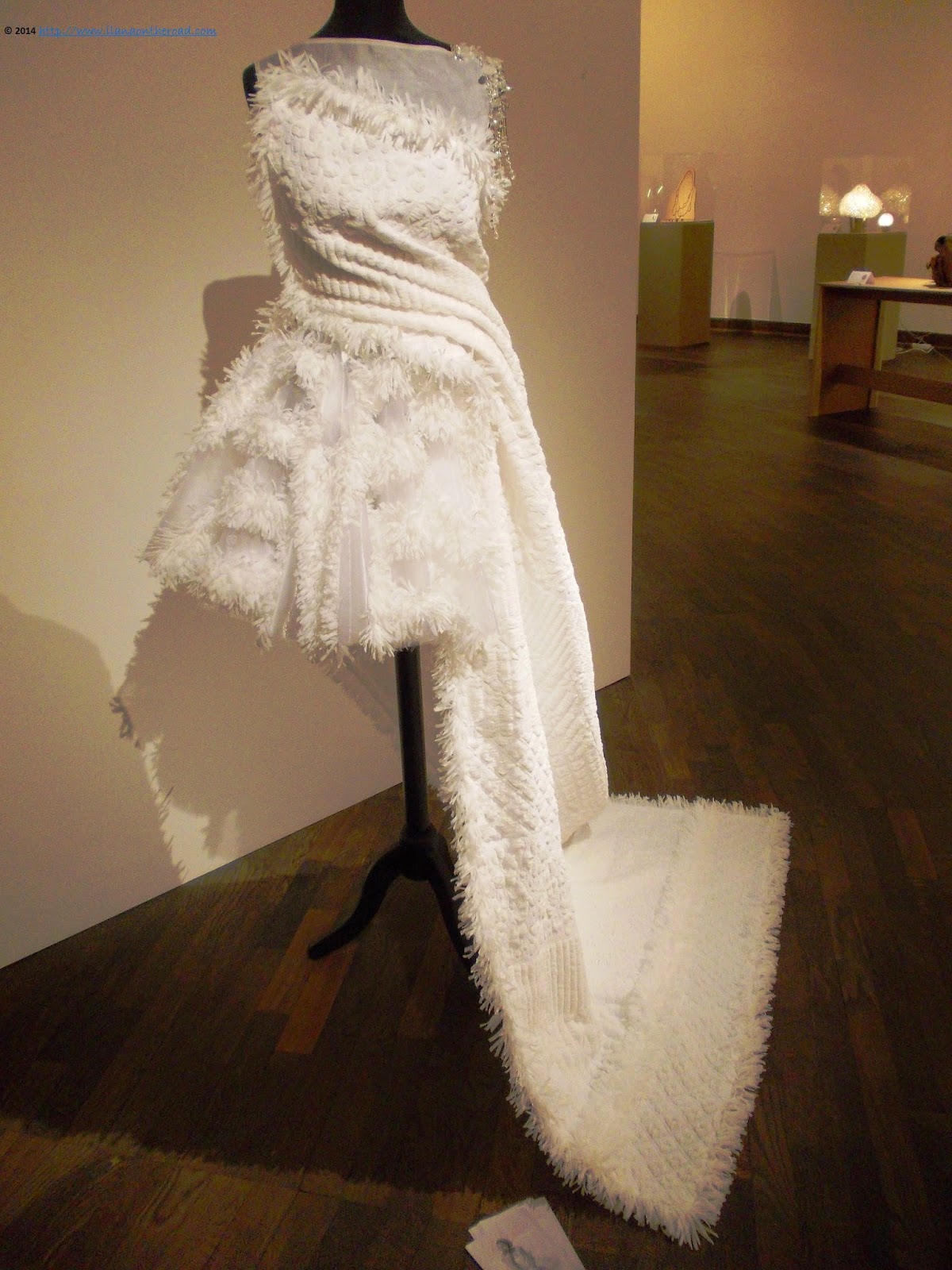I love Indian restaurants because of the great variety of vegetarian dishes but also because if the spices are well mixed together the result is hard to compare to any other cuisine. Diversity is the spice of life and with this generous motto in mind I paid a very fast visit to Aarna Devi restaurant, just at the corner on Bayrische strasse 12, in Wilmersdorf. It is situated 10 minutes away from the U-Bahn Konstanzerstrasse or 20 minutes by foot from Oliver Square.
My visit occurred on a Friday, and besides me, there was only one other table taken. The decorations are rather modest, with a minimal investment in the furniture. A serious inconvenient, especially if you stay near the counter is the smell of the kitchen that you will carry on on your hair and clothes for the rest of the day. And one more complain and I go straight to the topic: the waiting time was too long for apparently such an uneventful day. My order was taken 15 minutes upon arrival and was ready 20 minutes later that unique moment. I can accept the waiting time for the food - I'm not visiting a fast food, I know - but taking the orders can be more faster, I suppose.
The monotony of the Indian music made me less impatient. When I started to taste the food, I felt even better.
My first order was khumi pakora - champignons pané - accompanied by three different sauces and a fresh salad. A very good soft combination.
The next meal: yogi biryani: a combination of Indian rice, peas, curry, cashews, parsley, almonds and small pieces of carrots. Rich taste, pleasant and healthy combination. Once in a while, I am very happy with my choice. A small fresh salad - cabbage and tomatoes - accompanied the mix.
The price was acceptable compared to the usual standards in West Berlin. If in the mood for some Indian food, will probably be tempted to pay another visit - especially after I was told that it is possible to prepare some fish pakora for me, if I really insist - but maybe will have some a thick book to keep me company while waiting.




















































